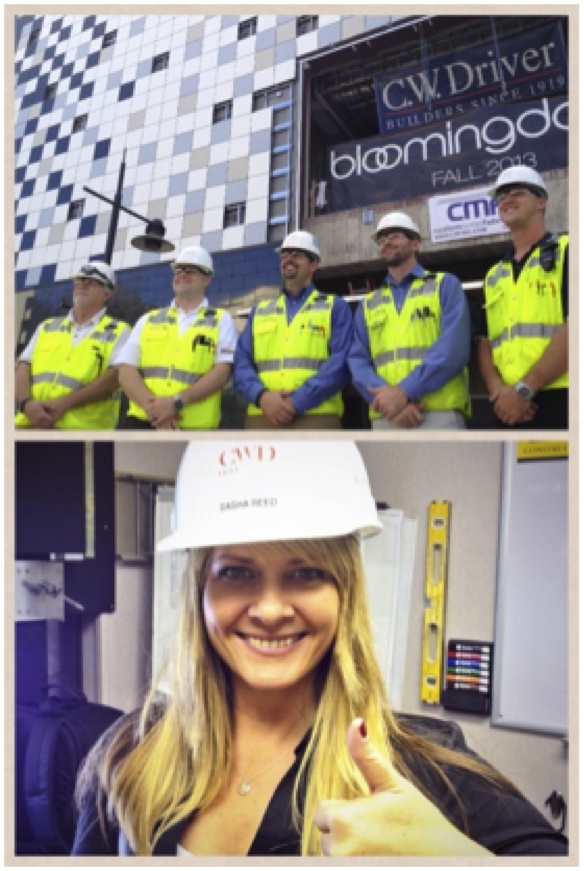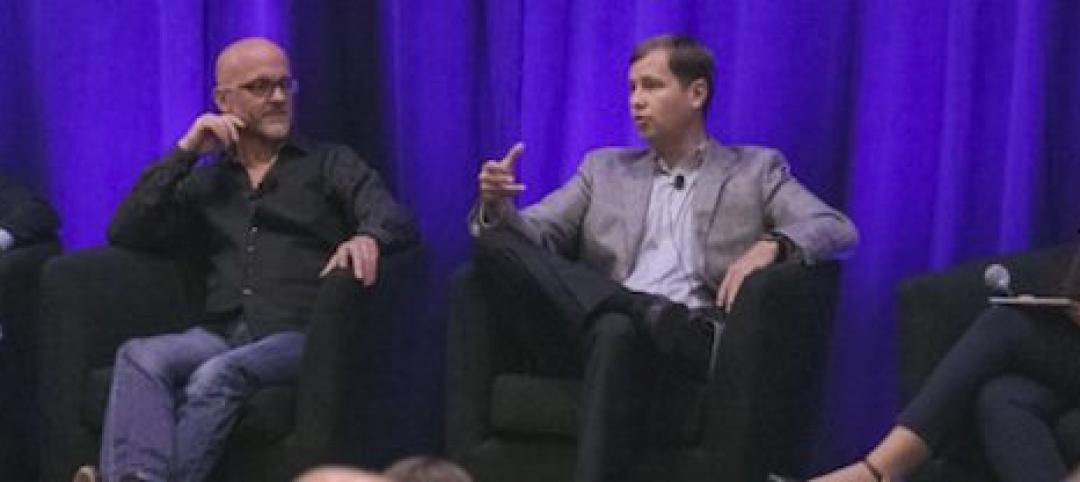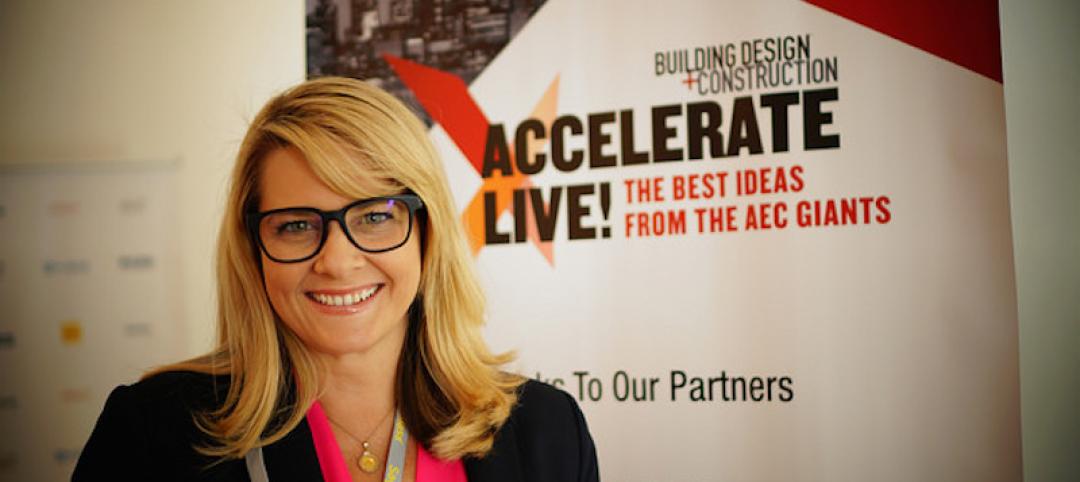Earlier this month, I attended the International Highway Engineering Exchange Program, or IHEEP, in Overland Park, Kansas. To kick off the event, I sat in on an IT round table for engineers and IT professionals to discuss the technical challenges facing the civil engineering community. Represented were members from various Department of Transportation agencies as well as the consultants who work with them.
One of the challenging questions posed was, “How can we better communicate with construction workers in the field?” They were trying to solve the challenge of getting high-quality drawings into the hands of field workers despite the bottleneck of limited computing power posed by the mobile devices used and preferred.
This challenge is nothing new to those in commercial construction. In fact, in the very short span of just two years, I’ve seen an evolution occur in the mobilization of jobsites. We’ve gone from paper-filled trailers to large screen monitors, creating paperless plan rooms. True mobility in the field has rapidly evolved from lock-box kiosks on each floor to laptops on rolling carts to tablets and iPads loaded with drawings sets stored in the cloud. PDF and cloud storage have been combined together to create a viable way for the designer and the field worker to view project content and collaborate in ways never before seen. WiFi-ready jobsites have gone from “nice to have” to “must have” status in just a little over a year.
Just last month I visited construction firm CW Driver on their 127,000-sf upscale redevelopment project site, where both contractor and sub were using mobile kiosks and iPads to electronically communicate on field issues, creating a virtually paperless— or at least “less paper”— jobsite. Leveraging the cloud, they store all submittals and RFIs electronically, linking them to current drawing sets for easy access by the subs.
When I asked Superintendent James Gentile how they managed to get all of the subs on board with the process, he stated, “We intentionally set up meetings prior to the start of a project to lay out our technical implementation plan of a paperless jobsite and then handpick subcontractors who see the value in what we’re trying to achieve.” When I asked him what benefits he sees from this interaction, he said, “Bottom line, our subs are able to do better work. When we as the GC can communicate to them clearly, and in a timely manner, what it is we need and expect from them, they are able to give us their best work.”
Call me cynical, but a statement like that had to be vetted. So I made my way over to the electrical contractor on the job, who just so happened to have an iPad in hand. I asked him how he felt the paperless jobsite worked in practicality. His response echoed what Gentile said: “We see the value in moving towards mobile devices to communicate on projects. In fact, my company specifically bought this iPad for me to use on this project because we’ve seen better results when partnering with a GC like CW Driver. They’ve committed to doing this job electronically, and they hold up their end of the bargain by making it easy for us to access the information we need. It has made communicating easier and friendlier than before.” That last statement got chuckles from others standing around us, but you could tell it was true. This jobsite was virtually paperless and downright friendly.
With technology making access to information easier than ever and collaboration on 2D and 3D PDFs increasing the clarity of communication, I wonder: what is your favored path to mobilize your jobsite? If you’ve made strides mobilizing your jobsite, care to share with us your implementation plan? There are lots of people interested in what you’ve found that works and, maybe more importantly, what hasn’t.
Editor's note: This is a sponsored article. All text and images were provided by the sponsor company.
More from Author
Sasha Reed | Dec 15, 2017
Future vs. current state of construction innovation: How will we make the leap?
Looking beyond today’s constraints to the possibility of what “could be” is a key characteristic of those defining and delivering innovation to design and building firms across the globe.
Sasha Reed | Sep 19, 2017
BIM vs VDC…how the US and the UK differ in approaching digital project delivery
In this four-part series, Bluebeam VP Sasha Reed sat down with industry experts to examine the need for defining and understanding digital workflows and data management throughout the design and construction project lifecycle.
Sasha Reed | Jul 19, 2017
Introducing StrXur by Bluebeam
Our goal is to present unique perspectives you may not be able to find anywhere else.
Sasha Reed | Jul 13, 2017
Defining the future by mastering the art of change
From my perspective, what separates organizations thriving in the digital revolution from those who are not boils down to one thing: leadership.
Sasha Reed | Mar 15, 2017
Incentivizing change: Show me the money
Who is succeeding, and on what terms? And what will it take for everyone to experience the benefits of that success?
Sasha Reed | Oct 4, 2016
The talent shortage: Will the training the AEC industry desperately needs arrive in time?
As the construction industry bounces back from the Great Recession, an entirely new class of tech-savvy construction professionals has been created, and the supply of these highly skilled, tech-proficient pros has been quickly exhausted.
Sasha Reed | Jul 11, 2016
Construction Disruption at AECX: Technology, hackathons and the promise of change in LA
The lead up to AECX featured a discussion providing insight into the current state of the AEC technological revolution by exploring opportunities, challenges and choices AEC pros face.
Sasha Reed | Jun 23, 2016
Implementing Change: The Five Biggest Mistakes to Avoid
Two truths from the jobsite: 1) The best part about uncovering a problem is discovering its solution, and 2) The worst part about discovering the solution is implementing it.
Sasha Reed | Jun 9, 2016
With all these sharks in the water… (No Predictions Here...Part 2)
Rather than fighting to control the proliferation of apps, perhaps we should be training our eyes to look for signs of long-term viability among all the fins in the water
















